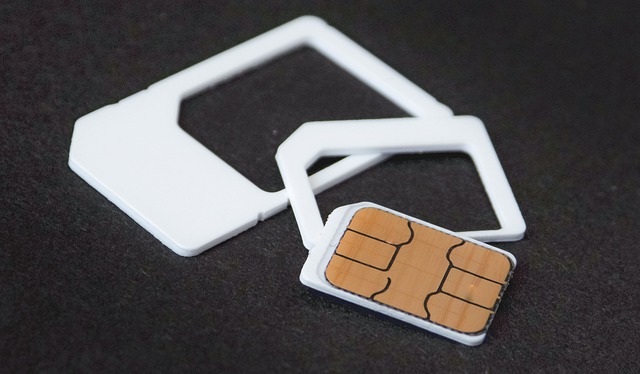VoLTE: Revolutionizing Voice Calls in the Digital Era
The landscape of mobile communication is undergoing a significant transformation with Voice over LTE (VoLTE) technology. This innovative approach to voice calls is reshaping how we connect, offering crystal-clear audio quality and seamless integration with data services. As smartphones become increasingly central to our daily lives, VoLTE stands at the forefront of a new era in telecommunications.

With the advent of 3G networks, mobile operators began experimenting with packet-switched voice services, laying the groundwork for what would eventually become VoLTE. However, these early attempts were hampered by technical limitations and a lack of widespread device support.
The introduction of 4G LTE networks marked a turning point. LTE’s all-IP architecture provided the perfect foundation for delivering high-quality voice services alongside data. This set the stage for VoLTE to emerge as the next evolution in mobile voice technology.
Understanding VoLTE Technology
VoLTE represents a fundamental shift in how voice calls are transmitted over mobile networks. Unlike traditional cellular voice calls, which use dedicated circuit-switched channels, VoLTE treats voice as just another type of data traffic on the LTE network.
At its core, VoLTE utilizes the IP Multimedia Subsystem (IMS) to manage voice calls. This allows for seamless integration with other IP-based services and opens up possibilities for enhanced features that weren’t possible with legacy voice systems.
One of the key advantages of VoLTE is its use of advanced audio codecs, such as Enhanced Voice Services (EVS). These codecs enable dramatically improved audio quality, offering a level of clarity and fidelity that approaches in-person conversation.
Benefits for Consumers and Operators
For consumers, VoLTE offers several tangible benefits. The most noticeable is the significant improvement in call quality. VoLTE calls are often described as “HD voice,” with greater clarity and reduced background noise compared to traditional cellular calls.
Another advantage is faster call setup times. VoLTE calls typically connect in less than two seconds, compared to five to ten seconds for legacy voice calls. This might seem small, but it adds up to a noticeably smoother user experience.
VoLTE also allows users to simultaneously use voice and data services without compromising quality. This means you can browse the web or use navigation apps while on a call, all at full 4G speeds.
For mobile operators, VoLTE offers significant efficiency gains. By moving voice traffic to the LTE network, operators can begin to phase out older 2G and 3G networks, freeing up valuable spectrum for more efficient LTE and 5G services.
VoLTE also enables operators to offer enhanced services like video calling and rich communication services (RCS) natively within the dialer app, without relying on third-party applications.
Challenges in VoLTE Implementation
Despite its advantages, the rollout of VoLTE has faced several challenges. One of the primary hurdles has been ensuring interoperability between different devices and networks. Unlike traditional cellular voice, which uses standardized protocols, VoLTE implementations can vary between operators and device manufacturers.
This has led to situations where VoLTE calls might work perfectly within a single network but fail when calling users on different networks or using different devices. Industry bodies like the GSMA have been working to establish standards and certification processes to address these interoperability issues.
Another challenge has been managing the transition from legacy voice services to VoLTE. Many operators have had to maintain parallel voice networks to ensure seamless fallback for areas without LTE coverage or for devices that don’t support VoLTE.
The Future of Voice Communication
As VoLTE becomes more widespread, it’s paving the way for even more advanced voice and communication services. One area of development is the integration of artificial intelligence and natural language processing to enhance voice calls.
Imagine real-time translation during international calls, or intelligent assistants that can join your conversations to provide information or schedule follow-ups. These are just a few of the possibilities that VoLTE’s IP-based architecture enables.
Another exciting development is the convergence of VoLTE with other communication channels. We’re already seeing the beginnings of this with RCS, which aims to bring features like read receipts, typing indicators, and rich media sharing to standard messaging apps.
As 5G networks continue to roll out, we can expect even more innovation in voice and communication services. The ultra-low latency and high bandwidth of 5G will enable new use cases like high-quality group video calls and immersive augmented reality experiences integrated with voice communication.
VoLTE represents a significant leap forward in mobile voice technology, offering improved quality, efficiency, and new possibilities for innovation. As it becomes the standard for voice calls in the digital age, VoLTE is not just changing how we talk on our phones – it’s redefining the very nature of voice communication in the mobile era.





